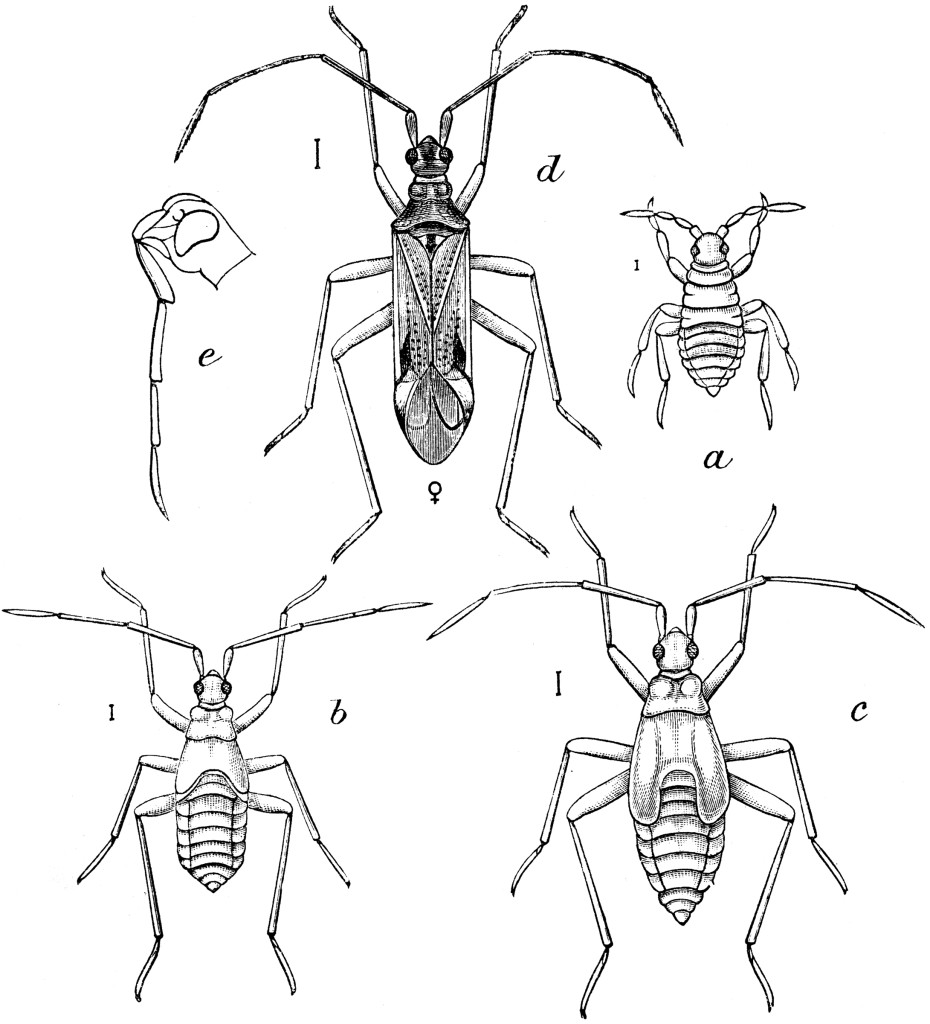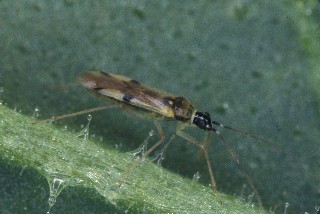Suckfly
go.ncsu.edu/readext?224350
en Español / em Português
El inglés es el idioma de control de esta página. En la medida en que haya algún conflicto entre la traducción al inglés y la traducción, el inglés prevalece.
Al hacer clic en el enlace de traducción se activa un servicio de traducción gratuito para convertir la página al español. Al igual que con cualquier traducción por Internet, la conversión no es sensible al contexto y puede que no traduzca el texto en su significado original. NC State Extension no garantiza la exactitud del texto traducido. Por favor, tenga en cuenta que algunas aplicaciones y/o servicios pueden no funcionar como se espera cuando se traducen.
Português
Inglês é o idioma de controle desta página. Na medida que haja algum conflito entre o texto original em Inglês e a tradução, o Inglês prevalece.
Ao clicar no link de tradução, um serviço gratuito de tradução será ativado para converter a página para o Português. Como em qualquer tradução pela internet, a conversão não é sensivel ao contexto e pode não ocorrer a tradução para o significado orginal. O serviço de Extensão da Carolina do Norte (NC State Extension) não garante a exatidão do texto traduzido. Por favor, observe que algumas funções ou serviços podem não funcionar como esperado após a tradução.
English
English is the controlling language of this page. To the extent there is any conflict between the English text and the translation, English controls.
Clicking on the translation link activates a free translation service to convert the page to Spanish. As with any Internet translation, the conversion is not context-sensitive and may not translate the text to its original meaning. NC State Extension does not guarantee the accuracy of the translated text. Please note that some applications and/or services may not function as expected when translated.
Collapse ▲Biology
Tupiocoris notatus (Distant) (Hemiptera: Miridae) is commonly known as the “suckfly” and it is a leaf-feeding, sap-sucking bug with a wide distribution in the southern United States. T. notatus has been recorded as a tobacco pest in the southeastern US since the late 1800, and in some accounts of Florida farmers, it was described as “the most serious insect with which they have to contend” (Quaintance, 1898). Currently, the suckfly is considered a minor pest that may periodically become abundant on flue-cured tobacco in the late season. Both nymphs and adults damage the leaf by feeding on leaf cell contents, causing leaf chlorosis and can cover leaves with a black, gummy excrement, which may seriously affect the curing process. The adults are 3–4 mm long (about 1/8 inch), light brown color and highly mobile. Females have a wider abdomen and their long ovipositor, or egg laying devise, can be observed under magnification. Females insert their elongated, paddle-shaped eggs (0.6–0.7 mm long) into the leaf veins (Van Dam & Hare 1998). Males look similar to females, but are skinnier and their abdomens are flatter, particularly in lateral view. The nymphs emerge 3–5 days after oviposition (at 28 °C). There are four or five nymphal stages (Quaintance 1898, Howard 1900), which altogether last about 2 weeks. Nymphs are usually yellowish green in color with reddish eyes and are also highly mobile. The current scientific name of this pest is Tupiocoris notatus, however it has also been described as Dicyphus minimus and Cyrtopeltis notatus in other publications. It is possible that the umbrella term “suckfly” covers several similar species that can occasionally attack tobacco, since reports of others closely related species in wild relatives of tobacco and other solanaceous plants are known.

Life stages of Tupiocoris notatus. Image via Quintance 1898.

Tupiocoris notatus on plant. Photo via A. Kessler.
Threshold and Management If necessary, suckflies may be controlled with insecticides on late-planted tobacco. Treatment should begin when 25 percent or more of the plants show readily visible signs of infestation (e.g., excrement and suckfly nymphs on underside of leaves). For specific chemical recommendations, consult the current North Carolina Agricultural Chemicals Manual.
Organic Management
There is currently no information on organic control of this pest in the field, but we have controlled this pest in the greenhouse with the use of insecticidal soaps. Since eggs are buried inside the leaf, multiple applications may be needed to achieve adequate levels of control.
Written by Alejandro Merchan, Graduate Research Assistant
Specialty Crops Entomology Laboratory, Department of Entomology


